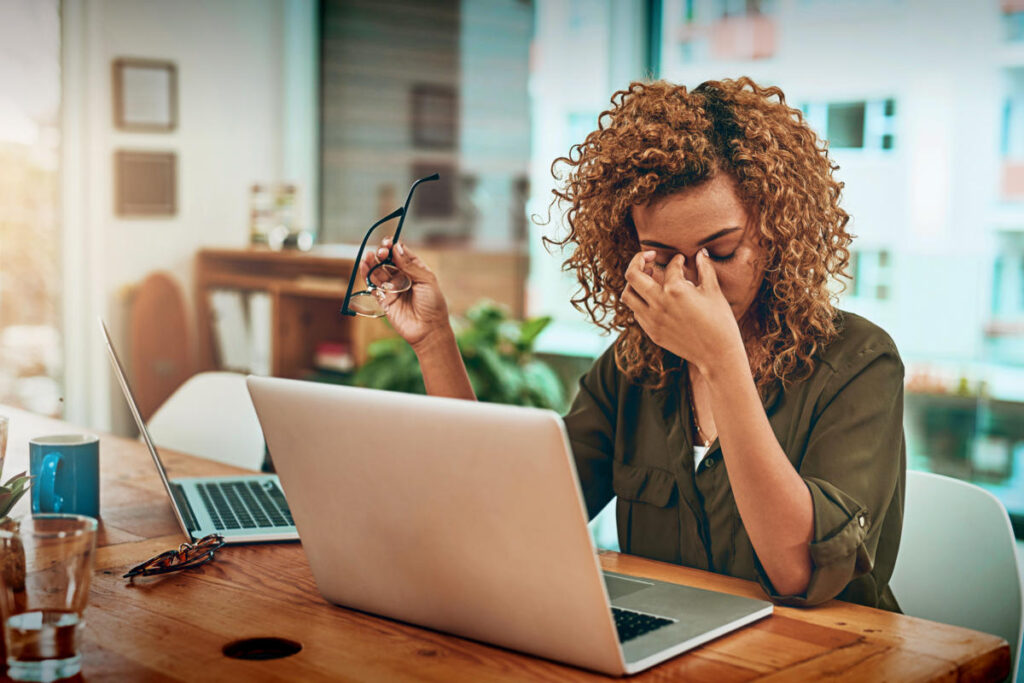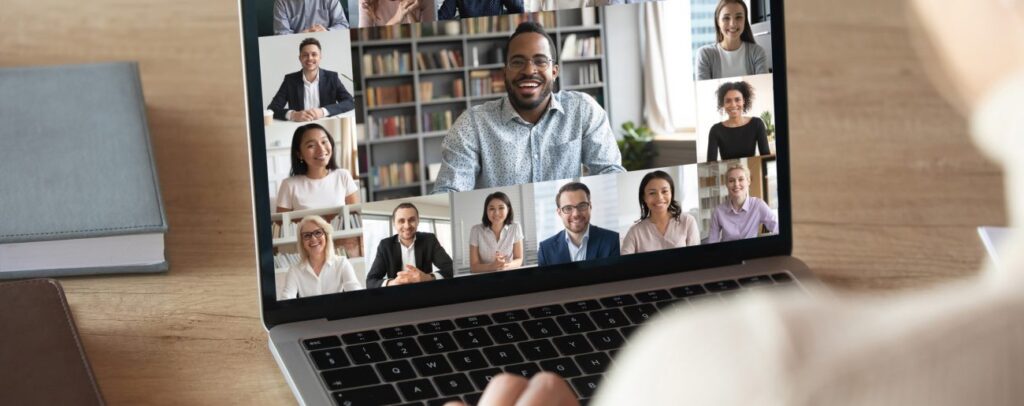
Since the pandemic restructured our patterns of communication, restraining us to the virtual space, we have struggled with more than paying attention.

Video conferencing — a mainstay of the pandemic era — has undeniably been a lifesaver for how we work and communicate. In the first quarters of the pandemic, we relished every in-person meeting morphed into a Zoom video call.
But this new normal, experts say, has a lingering effect on our health and identity.
Popularised as Zoom Fatigue, we tend to experience weariness following every two to nine hours of daily Zoom meetings we hold.
A Remote Control article in the BBC covering how we work since COVID, is certain that we will adapt. However, we must teach ourselves to control the effects of our new normal.
Keep a Distance
Professor Jeremy Bailenson, Stanford researcher, advises that we take Zoom off the fullscreen mode.
With everyone’s face staring at you, even when you’re not speaking, eye contact dramatically increases.
“What’s happening, in effect, when you’re using Zoom for many, many hours,” he says “is you’re in this hyper-aroused state. ”
We can opt for extended hardware like wireless keyboards to keep a distance from the app’s interface.
Blue Light Lenses
If you cannot avoid spending uninterrupted hours in front of a screen, one should use blue-light glasses to filter the screen’s blue light.
“It can lead to a better night’s sleep, improve business decisions and contribute to a better day’s work to follow,” said Dr. Brian Robinson in a recent Forbes article.

Not every call should be in video mode
Screen apnea is a side effect of prolonged screen use, which can result in one experiencing shallow breath while working in front of a screen. This condition can lead to stress related illness and poor work performance.
Our meetings could happen on other communication platforms that have little or zero need for the visual sense. Clubhouse can suffice for less intense meetings that do not require the displaying of data — which by the way can be mitigated using platforms like Google Docs where notes can be shared and modified on the go.
Breaks in between Meetings
Forbes advises the 20-20-20 rule. For every 20 minutes of video meetings, we take a 20-second break and move around about 20 feet away from our screens, hydrating ourselves and peering at life forms other than those on the screens. We reduce the cognitive load that these virtual spaces demand.
There’s more to the face-to-face
As we stare in each other’s faces, we are left with an absurd consciousness of constantly checkmating our demeanor: our framing and gestures.
We can, for most of the meetings, share screens of documents under analysis, Web pages, reports, etc.
Get into an activity
While we deliberately turn on the ‘audio only’ option, we can de-escalate the tension by engaging in other neurological activities like knitting, scribbling, painting — activities that do not distract from the focus. Marie Curie suggest that you can play light fun games as you deliberate in business meetings.

As we make progress with vaccine distributions, in-person meetings and workplace hours will gradually make a comeback.
Until then, it’s important that we see videoconferencing as a platform for our rendezvous, and not the only option.


